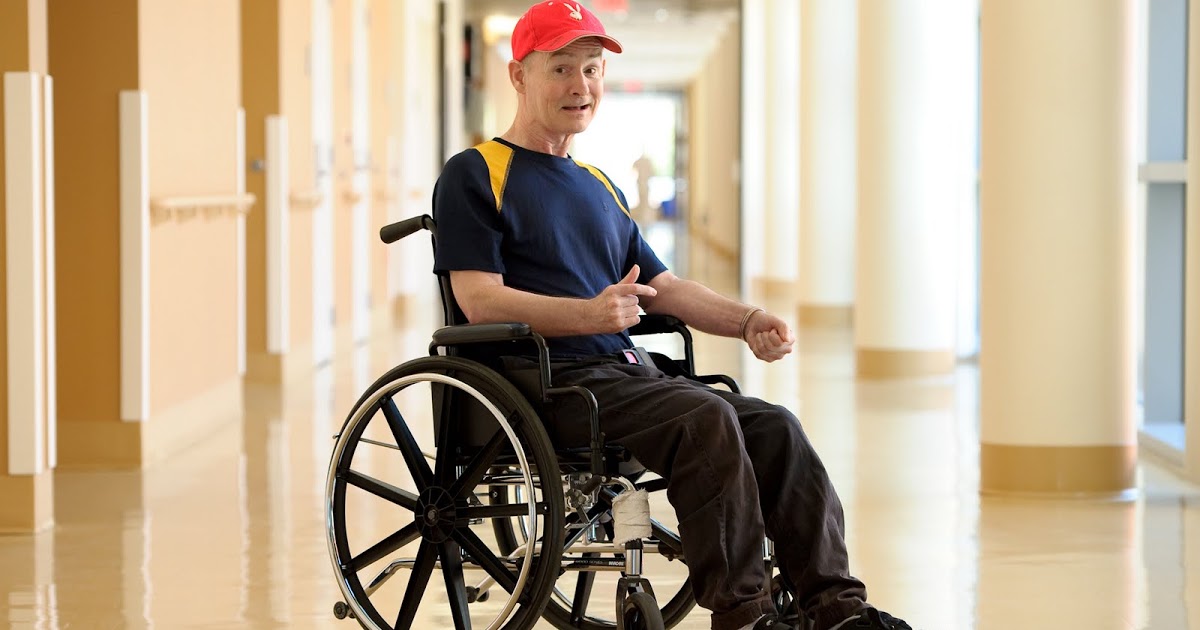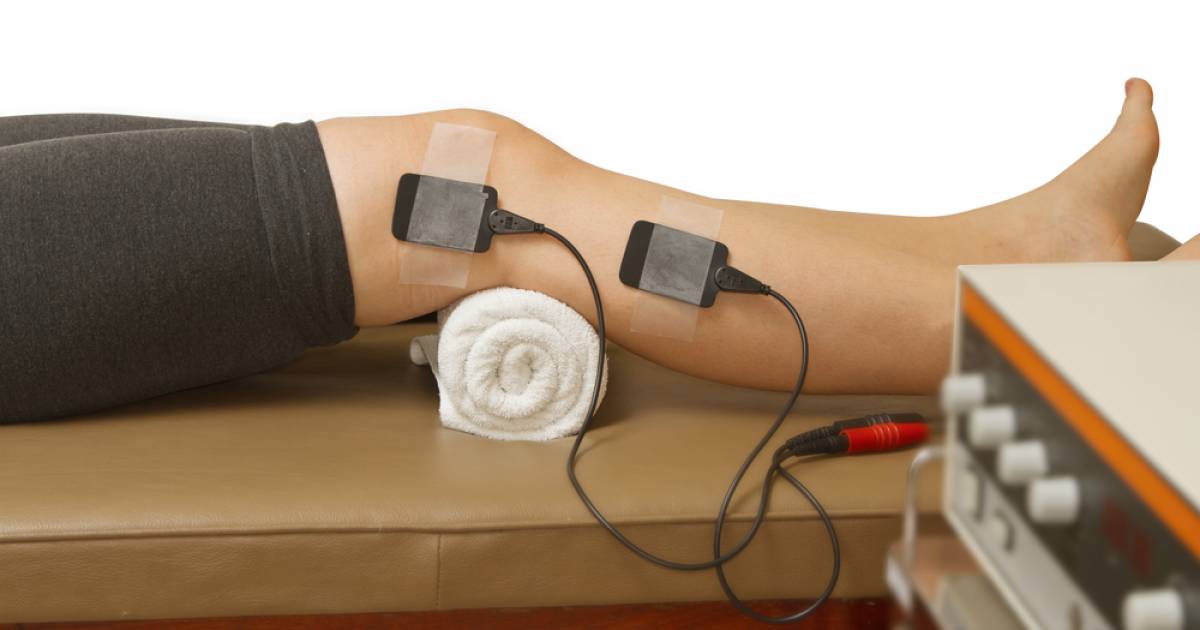Conditions That Cause Secondary Myoclonus
Myoclonus is the medical term for a quick and involuntary jerk of the muscles. One of the most common forms of myoclonus is hiccups. Secondary myoclonus is myoclonus that exists because of an underlying condition. The other two types of myoclonus are essential myoclonus, which exists on its own, and epileptic myoclonus, which is related to an epileptic condition.
Multiple conditions can cause secondary myoclonus. People may experience muscle jerks when they have a head injury, infection, reaction to medications, metabolic disorder, or prolonged oxygen deprivation. There are also a number of nervous system conditions that can cause secondary myoclonus. Learn about these now.
Huntington's Disease

Huntington's disease is a progressive genetic illness that causes the brain's nerve cells to break down. The disease has an impact on an individual's ability to function, and it results in cognitive, psychiatric, and movement disorders. The majority of patients with Huntington's disease begin showing symptoms between thirty and fifty years old, though the disease also sometimes occurs later. If symptoms develop prior to the age of twenty, the condition is referred to as juvenile Huntington's disease. The disease tends to progress faster in patients under twenty years old. Secondary myoclonus is just one of several movement disorders that occur with Huntington's disease. Patients may also experience muscle contractures, muscle rigidity, abnormal eye movements, impaired gait, and difficulty with swallowing and speech. When voluntary movements are impaired, patients may have a difficult time performing day-to-day activities, communicating, working, and living independently.
Uncover information on more conditions that cause secondary myoclonus now.
Multiple System Atrophy

Multiple system atrophy is a rare neurological disorder that affects the body's involuntary functions. The condition shares so many symptoms with Parkinson's disease that it's often misdiagnosed as Parkinson's disease. Multiple system atrophy patients typically have their muscle control, bladder function, breathing, and blood pressure affected. Though there isn't a cure, there are medications to manage symptoms, which usually develop when patients are in their fifties and sixties. There are two main types of multiple system atrophy. The most common, the Parkinsonian type, progresses very similarly to Parkinson's disease. The other type is cerebellar multiple system atrophy, which mainly has symptoms related to a lack of muscle coordination. Patients may also have slurred speech and difficulty with swallowing. The other main symptom is postural hypotension, which occurs when an individual's blood pressure drops significantly when they stand up.
Continue to reveal more conditions that cause secondary myoclonus now.
